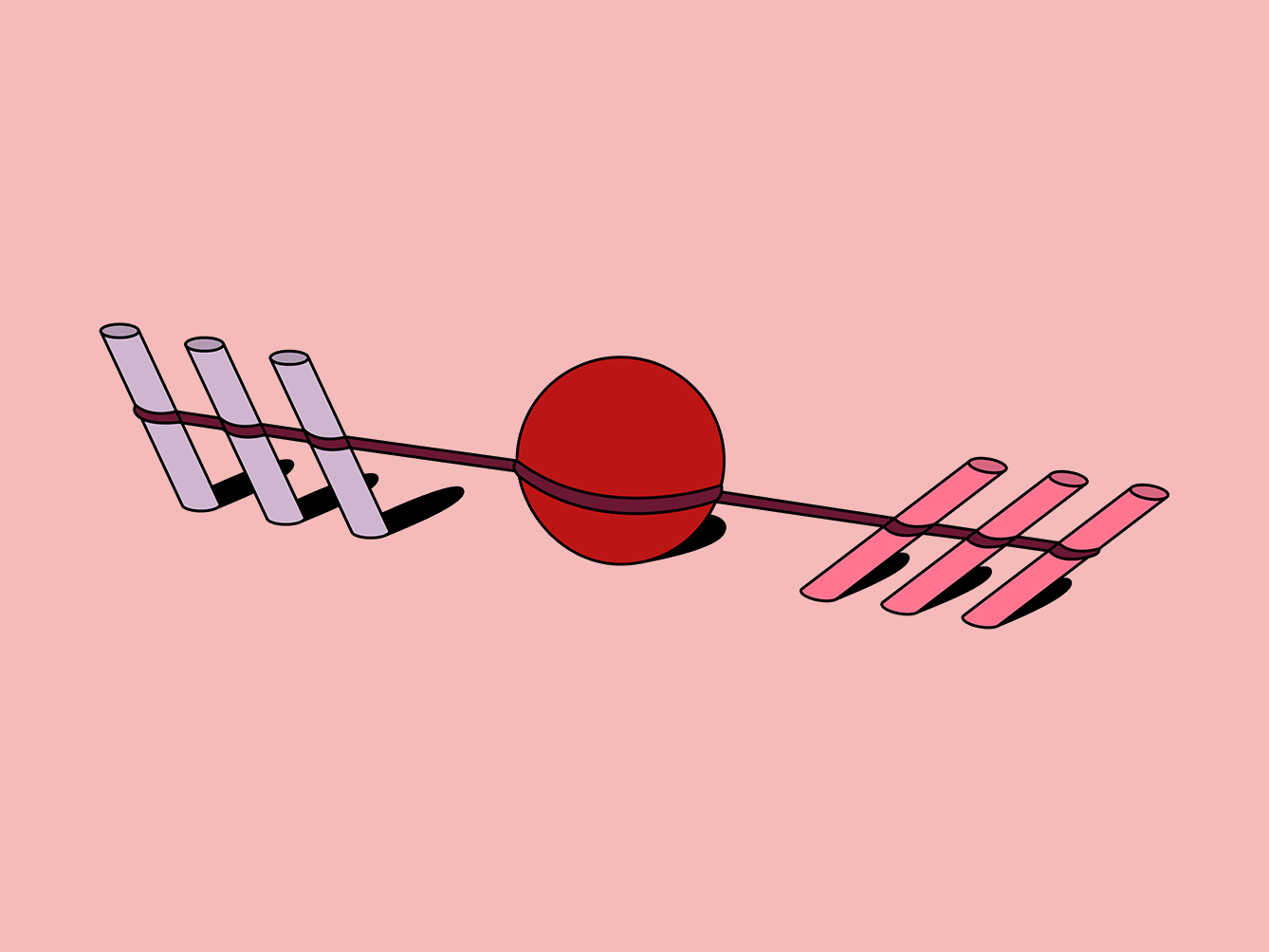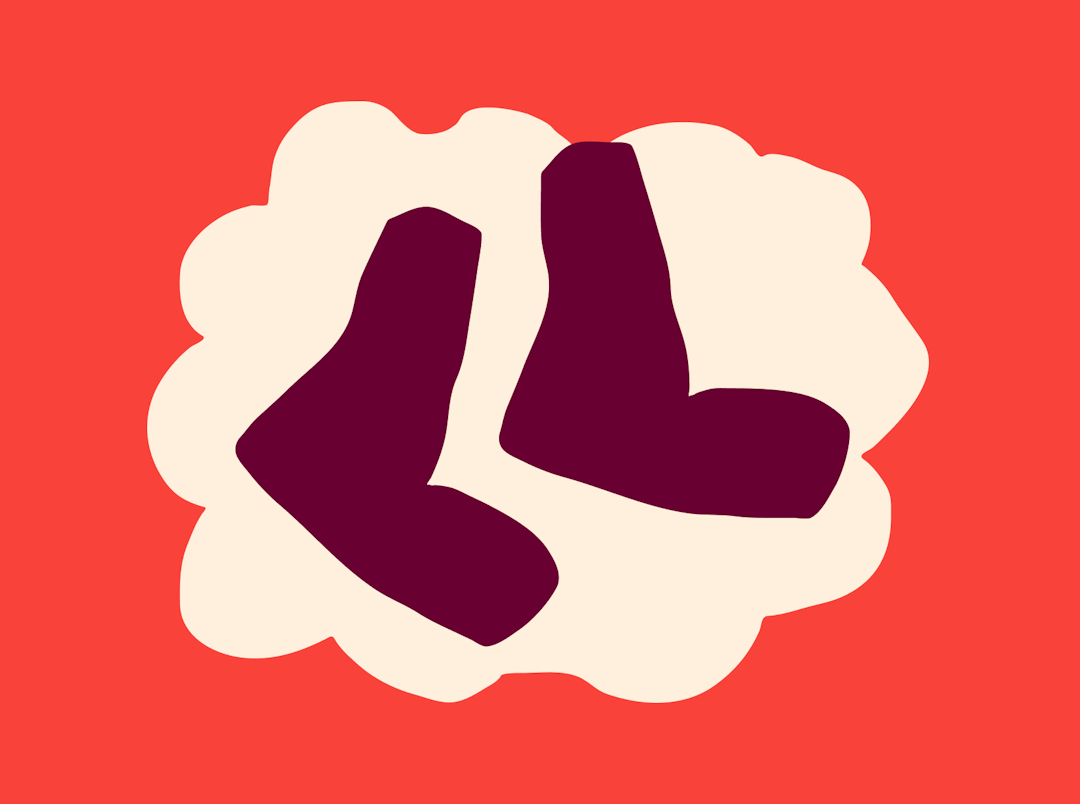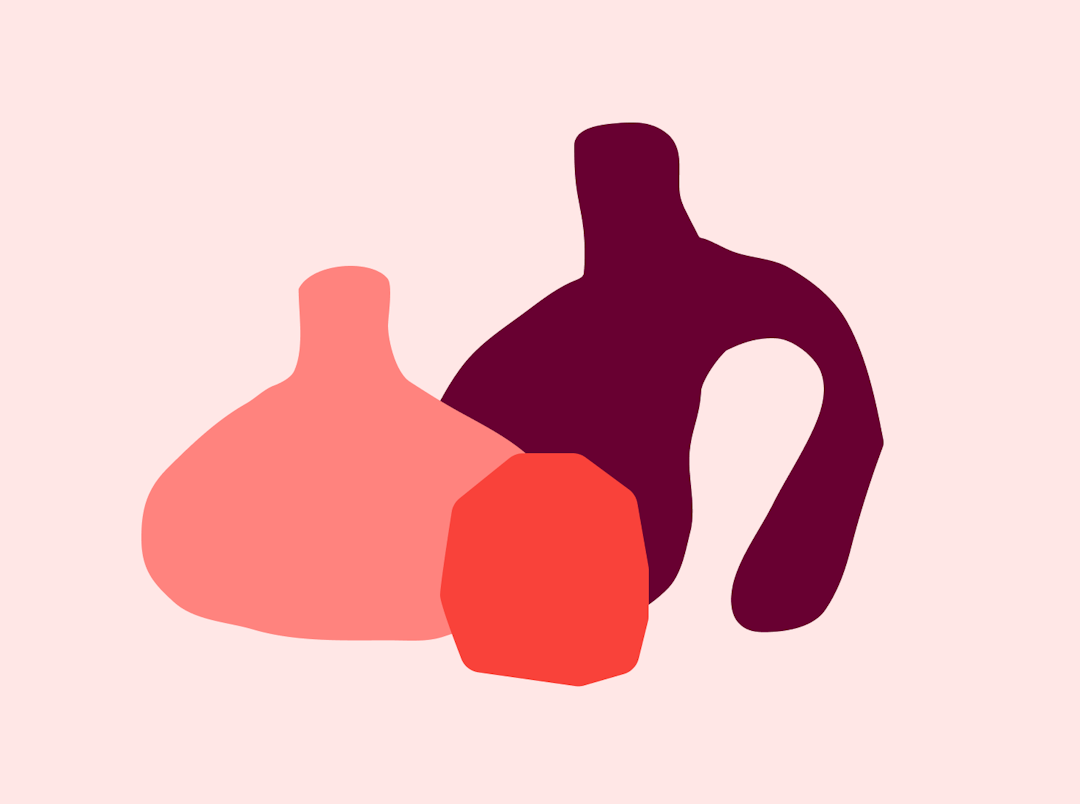#emotions
PMS Symptoms and Signs: The Complete Guide
health
·5 min read

by Team Thinx | 12/17/2023
Pre-period symptoms, often referred to as premenstrual symptoms or PMS, are a natural part of the menstrual cycle that many individuals experience. These symptoms, caused by fluctuating hormone levels, can manifest in various ways and can significantly impact one's well-being. In this comprehensive guide, we will dive into the world of pre-period symptoms, discussing their significance in the menstrual cycle and provide valuable insights into managing these symptoms effectively.
when do PMS symptoms begin?
Understanding the timeline of premenstrual symptoms helps navigate the ups and downs of the menstrual cycle. These symptoms typically begin to surface in the days leading up to menstruation, but the exact timing can vary from person to person. Factors such as hormone levels and individual sensitivities play a significant role in determining when PMS symptoms make their appearance.
For some, the initial signs may emerge about a week before their period, while others might experience them a bit earlier or later. It's important to note that these variations are entirely normal. Our bodies are marvelously diverse, and so too are our experiences of the menstrual cycle. By paying attention to these subtle cues, we gain a deeper connection to our own unique rhythms.
By recognizing the ebb and flow of premenstrual symptoms, individuals can prepare themselves mentally and physically for this phase of their cycle. This awareness empowers us to implement self-care practices and make lifestyle adjustments that can help mitigate the impact of PMS, allowing for a smoother transition into menstruation. Remember, your body's signals are your guide, so try to embrace them as part of your cyclical journey.
the emotional/behavioral symptoms of PMS
PMS symptoms encompass a wide range of emotional and behavioral changes. Mood swings, irritability, and heightened emotional sensitivity are common experiences for many individuals. It's important to recognize and acknowledge these emotions as a natural part of the premenstrual phase.
During this phase, it's not uncommon to find yourself feeling more sensitive to external stimuli or experiencing shifts in your emotional landscape. These fluctuations are not a reflection of weakness, but rather a testament to the incredible intricacies of the human body.
By embracing these emotional shifts, individuals can adopt strategies to support themselves through this phase. Engaging in mindfulness practices, journaling, or seeking comfort in supportive relationships are just a few ways to honor and navigate the emotional landscape of PMS.
the physical symptoms of PMS
In addition to emotional changes, PMS often brings physical discomfort. Understanding and addressing these symptoms is key to managing this phase of your menstrual cycle effectively. Here are some of the most commonly reported physical symptoms of PMS:
bloating: Many individuals experience abdominal bloating during the premenstrual phase. This sensation of fullness and swelling is caused by hormonal fluctuations, particularly in relation to progesterone levels. Gentle exercises like yoga, as well as maintaining a balanced diet, can help alleviate this discomfort.
breast tenderness: Heightened sensitivity and tenderness in the breast area is a prevalent symptom of PMS. This discomfort is linked to hormonal changes, specifically an increase in estrogen levels.
cramps: These cramps are often caused by contractions of the uterine muscles. They can range from mild to severe and are often accompanied by lower back pain. Applying a heating pad, gentle massages, and over-the-counter pain relievers can help manage this discomfort.
food cravings: Are period cravings real? Yes they are in fact real, and some individuals experience intense food cravings, particularly for sugary or carb-loaded foods, during the premenstrual phase. While it's okay to indulge in moderation, maintaining a balanced diet rich in nutrients can help regulate blood sugar levels and minimize these period cravings.
headaches or migraines: Hormonal fluctuations can trigger headaches or migraines in some individuals. Managing stress, staying hydrated, and practicing relaxation techniques can be effective in reducing the frequency and intensity of these headaches.
fatigue: Feelings of exhaustion or fatigue are not uncommon during PMS. Adequate rest, regular exercise, and maintaining a balanced diet can help boost energy levels and alleviate these symptoms.
Knowing how to address these physical symptoms empowers individuals to navigate the premenstrual phase with greater comfort and ease. Implementing self-care practices and making mindful lifestyle choices can significantly enhance the overall pre-period experience. Ultimately, you have the agency to prioritize your well-being and make choices that support your body's natural rhythms.
differentiating between PMS and other conditions
Sometimes, it can be challenging to distinguish between PMS symptoms and other health issues. To avoid unnecessary confusion and anxiety, it's important to understand the key differences and recognize common misconceptions surrounding premenstrual symptoms.
hormonal imbalances: Conditions like Polycystic Ovary Syndrome (PCOS) or thyroid disorders can lead to hormonal imbalances that may present with symptoms similar to PMS. Consulting a healthcare provider and undergoing appropriate tests can help in accurately diagnosing any underlying hormonal issues.
premenstrual dysphoric disorder (PMDD): PMDD is a severe form of PMS characterized by more intense emotional and physical symptoms, so be sure to differentiate between regular PMS and PMDD, as the latter may require specialized treatment and support.
other health issues: Certain health conditions, unrelated to the menstrual cycle, can also manifest with symptoms that overlap with PMS. Consult a healthcare professional for a thorough evaluation to rule out any underlying medical concerns.
By familiarizing yourself with the distinct characteristics of these conditions, you can better navigate your own health with greater confidence and seek appropriate medical guidance when needed.
how to ease the symptoms of PMS
Managing PMS effectively involves adopting a holistic approach. Lifestyle changes, dietary recommendations, and self-care practices can all contribute to alleviating discomfort. Let's explore these strategies in more detail:
lifestyle changes: Engaging in regular physical activity, maintaining a consistent sleep schedule, and managing stress through relaxation techniques can help minimize the impact of PMS on your life.
dietary adjustments: Making mindful dietary choices can be a game-changer. Reducing caffeine and sugar intake while increasing the consumption of whole grains, fruits, and vegetables can help balance hormone levels and reduce PMS symptoms.
self-care: Prioritizing self-care during the premenstrual phase. Whether it's taking a warm bath, practicing mindfulness, or indulging in your favorite hobbies, self-care can alleviate emotional and physical symptoms.
Thinx: a solution for every stage of your cycle
Pre-period symptoms are a natural part of the menstrual cycle that can manifest in various ways, affecting both emotional and physical well-being. By understanding the timeline of PMS, differentiating it from other conditions, and adopting proactive strategies for management, individuals can navigate this phase with greater ease and comfort.
As you navigate the ebb and flow of your menstrual cycle, having reliable products can make a significant difference in your comfort and confidence. Thinx offers a range of innovative solutions tailored to meet your needs at every stage:
Cheeky: Thinx Cheeky is designed for those seeking both style and comfort in period underwear. With its stylish design and high absorbency, it combines fashion and functionality seamlessly.
French Cut: For a fashionable and functional choice, Thinx French Cut provides the perfect blend of style and protection. These are designed to keep you comfortable and confident during your period.
Hi-Waist: Thinx Hi-Waist offers maximum coverage and comfort, ensuring you are protected during your menstrual cycle. With its high-waisted design, it provides extra support and security.
With Thinx, you can enjoy the freedom to embrace every aspect of your cycle, knowing you're supported by high-quality solutions that cater to your unique preferences and needs.
sources:
Medical News Today. How to Tell the Difference between PMS and Pregnancy Symptoms. www.medicalnewstoday.com/articles/323122
Healthline Media. PMS: Premenstrual Syndrome Symptoms, Treatments, and More. www.healthline.com/health/premenstrual-syndrome
Mayo Clinic. Premenstrual Syndrome (PMS) Improves with Lifestyle Changes-Premenstrual Syndrome (PMS) - Diagnosis & Treatment. www.mayoclinic.org/diseases-conditions/premenstrual-syndrome/diagnosis-treatment/drc-20376787
by Team Thinx


